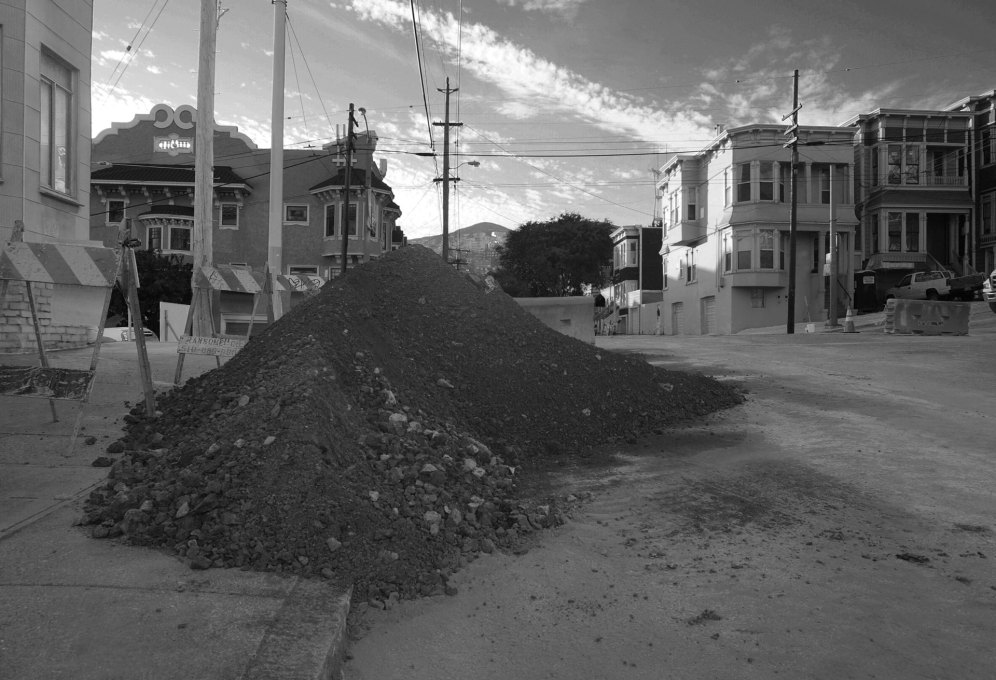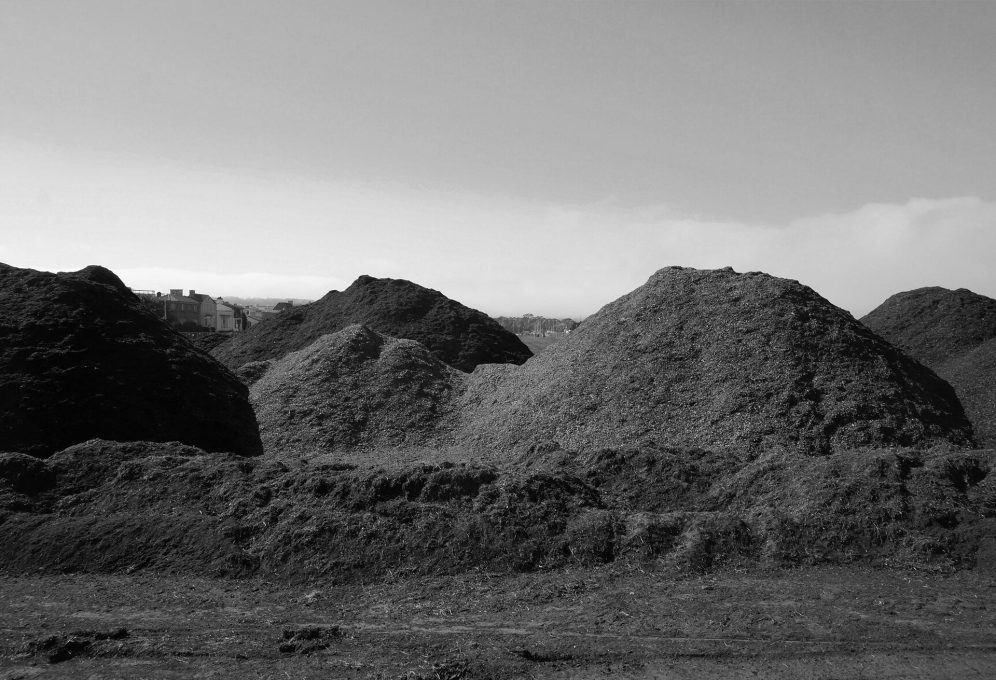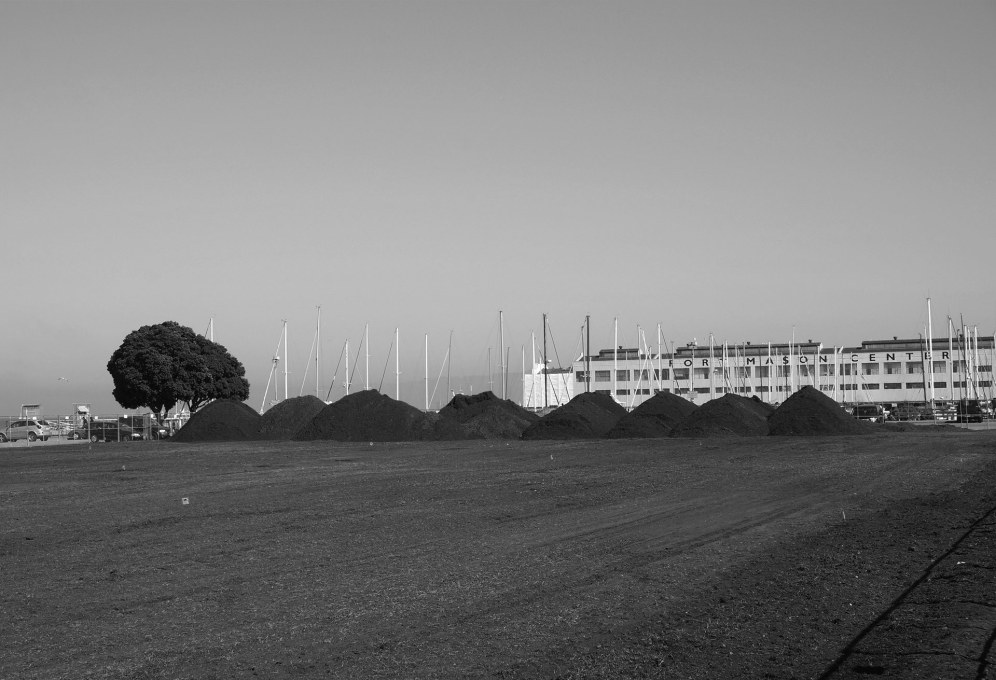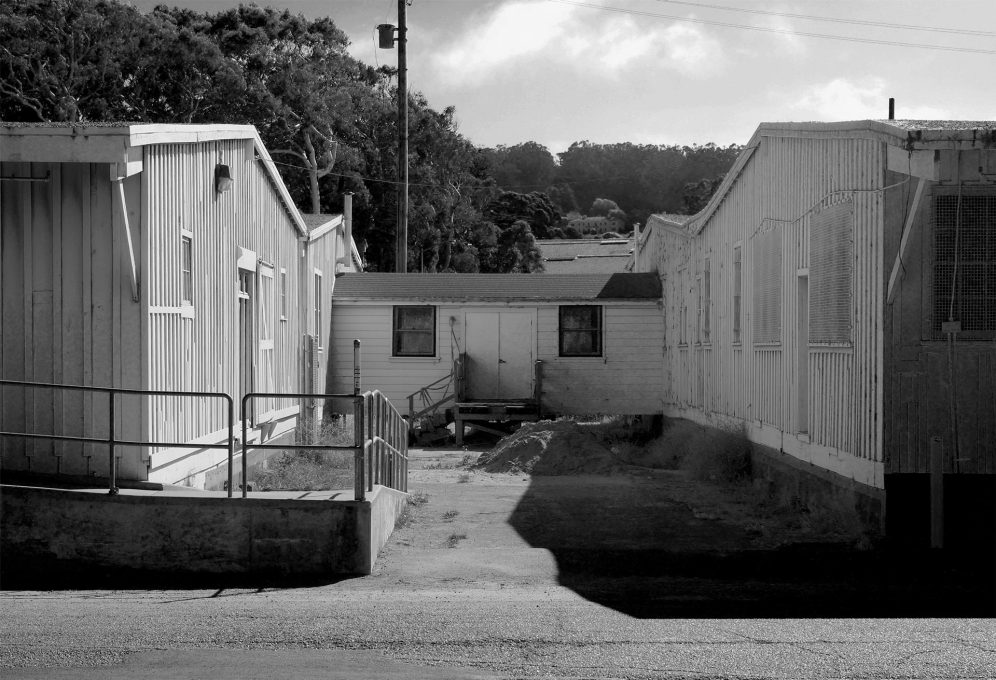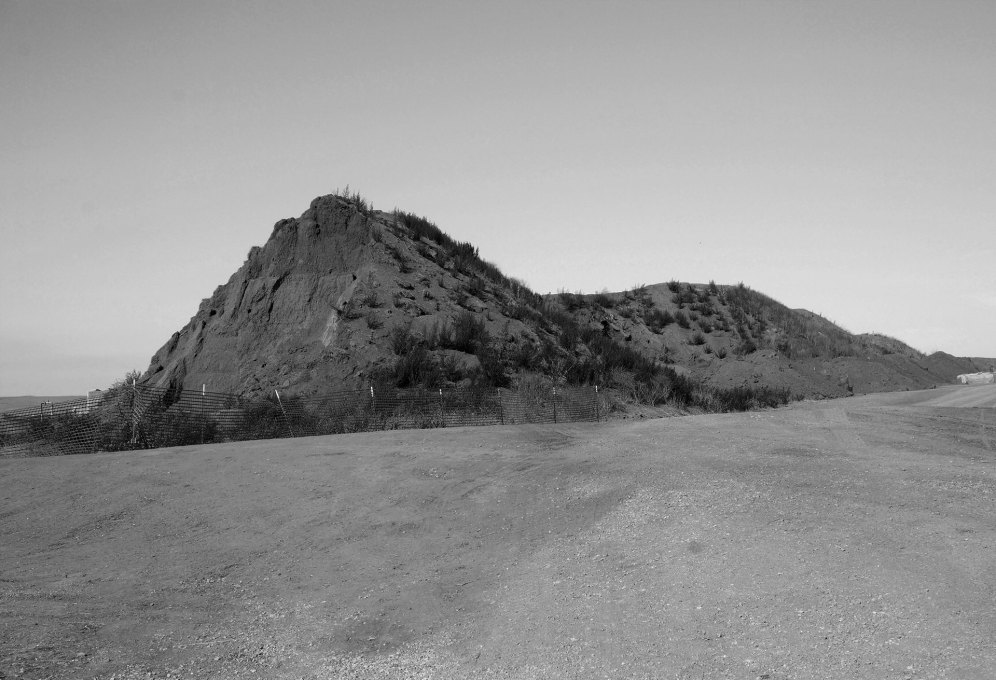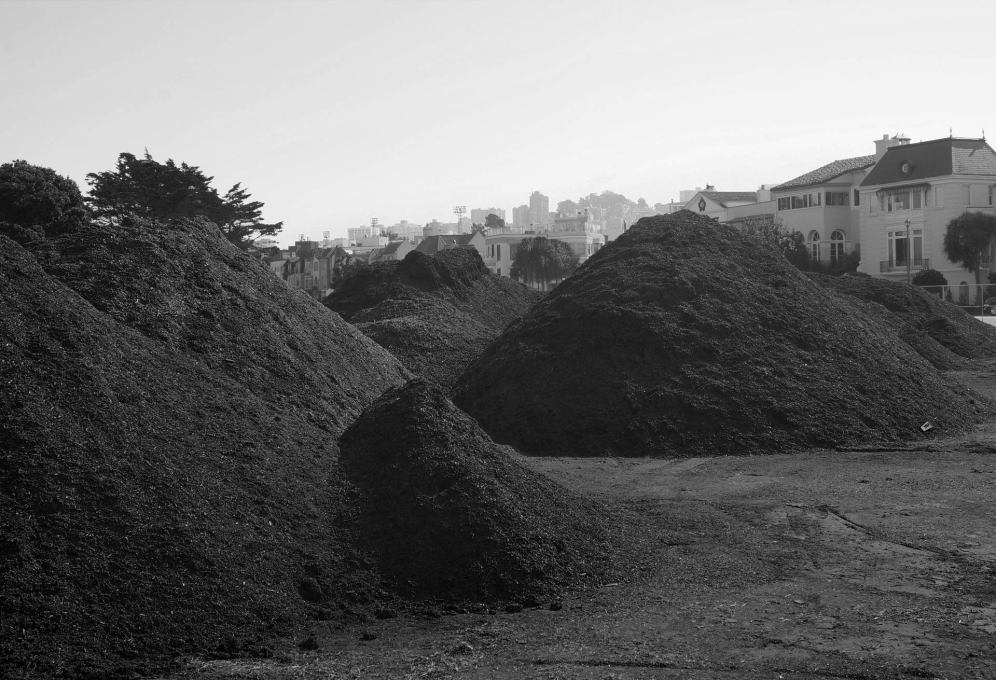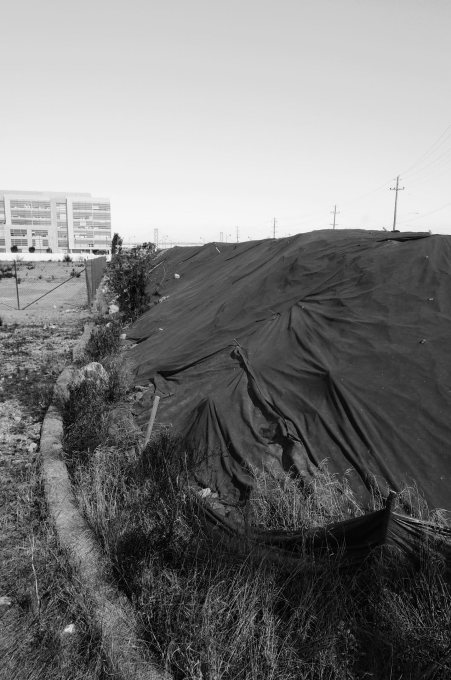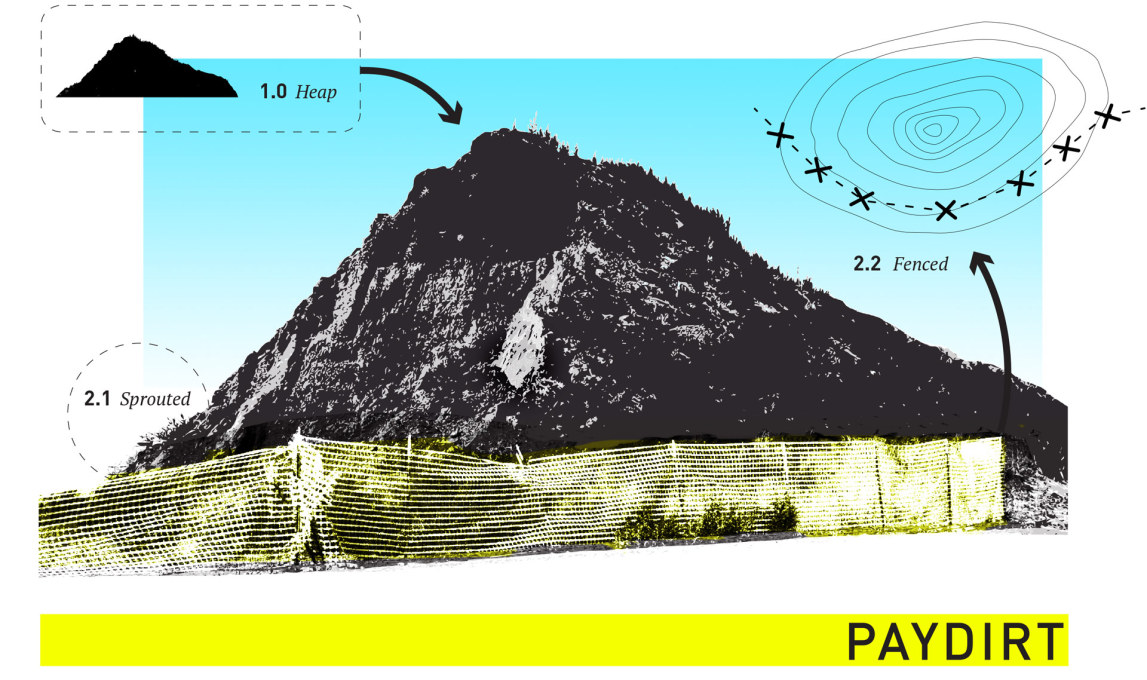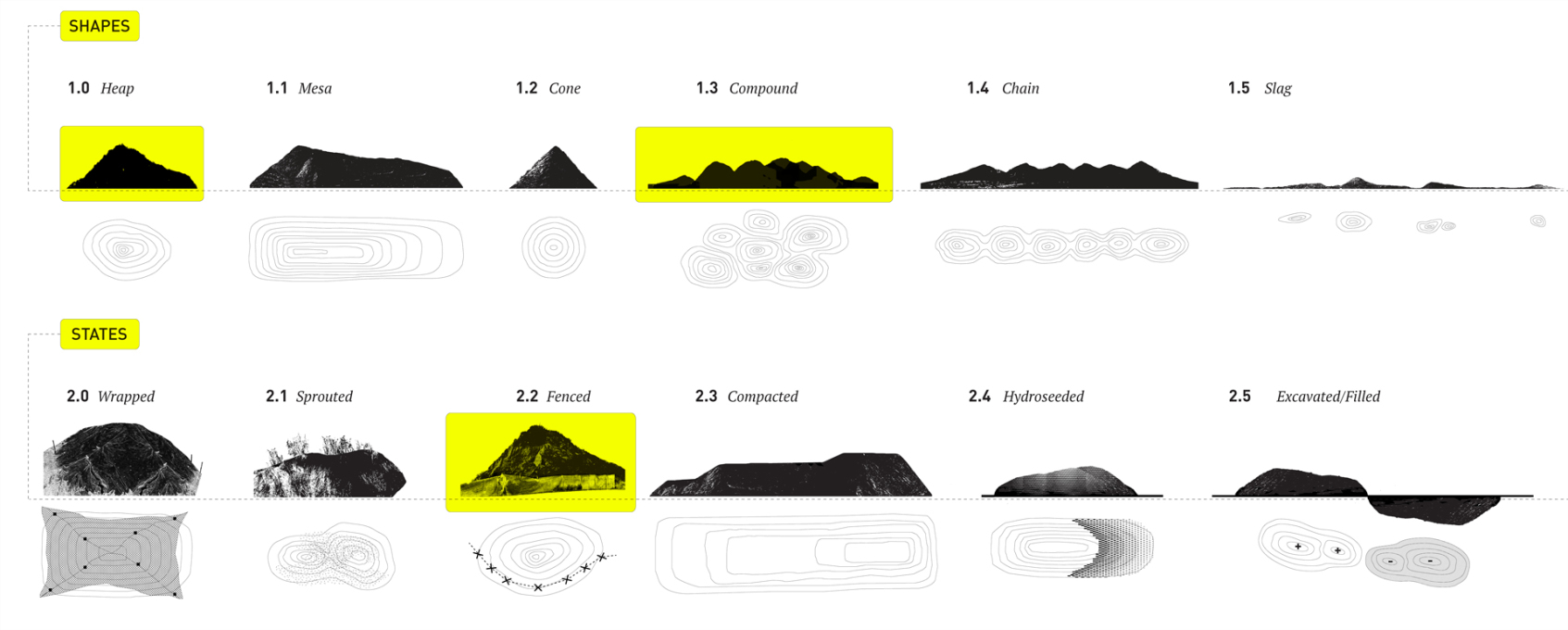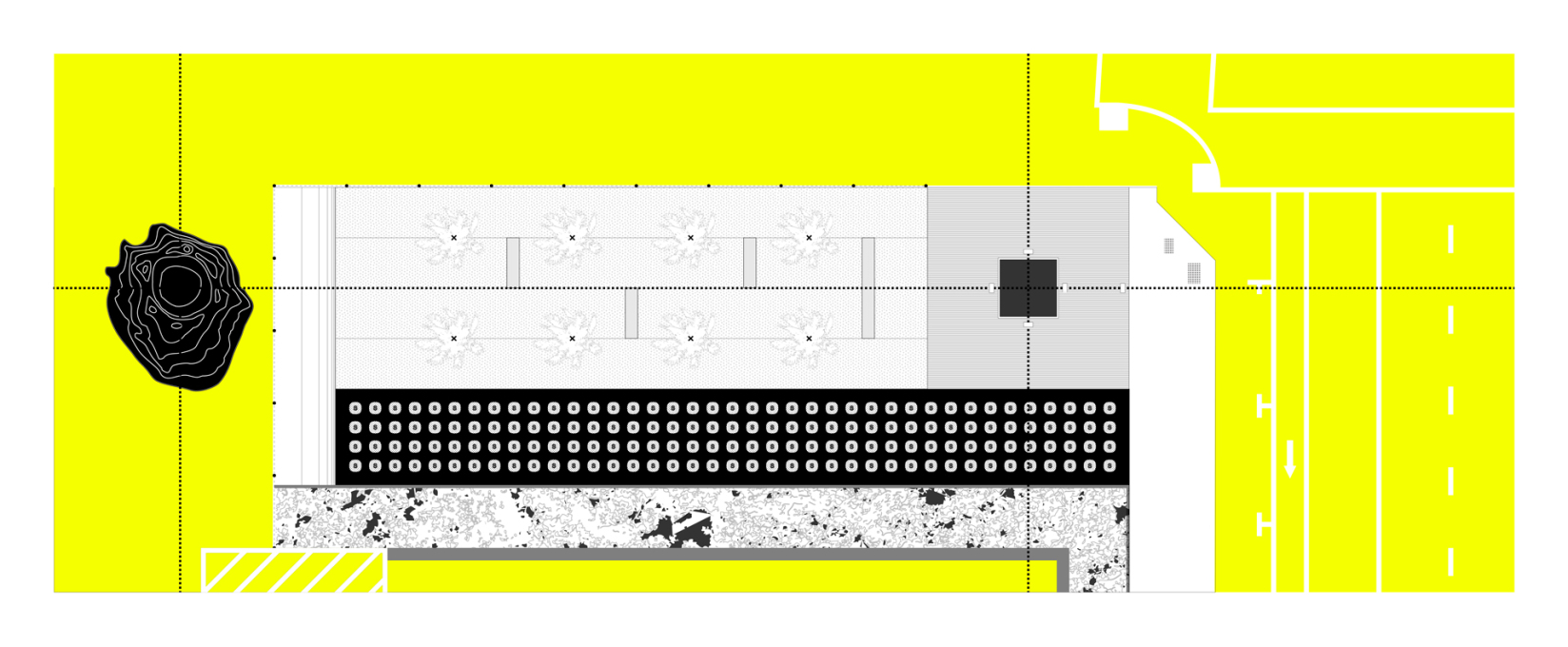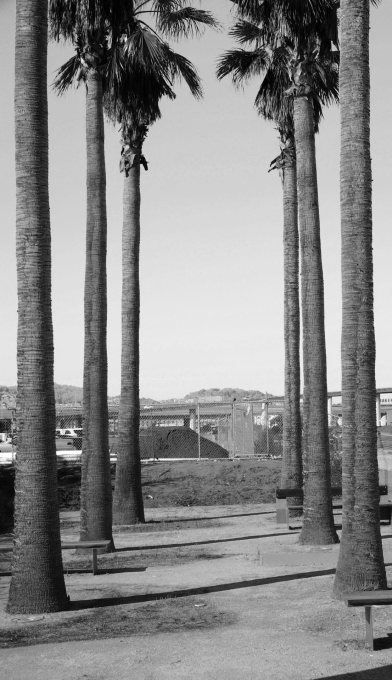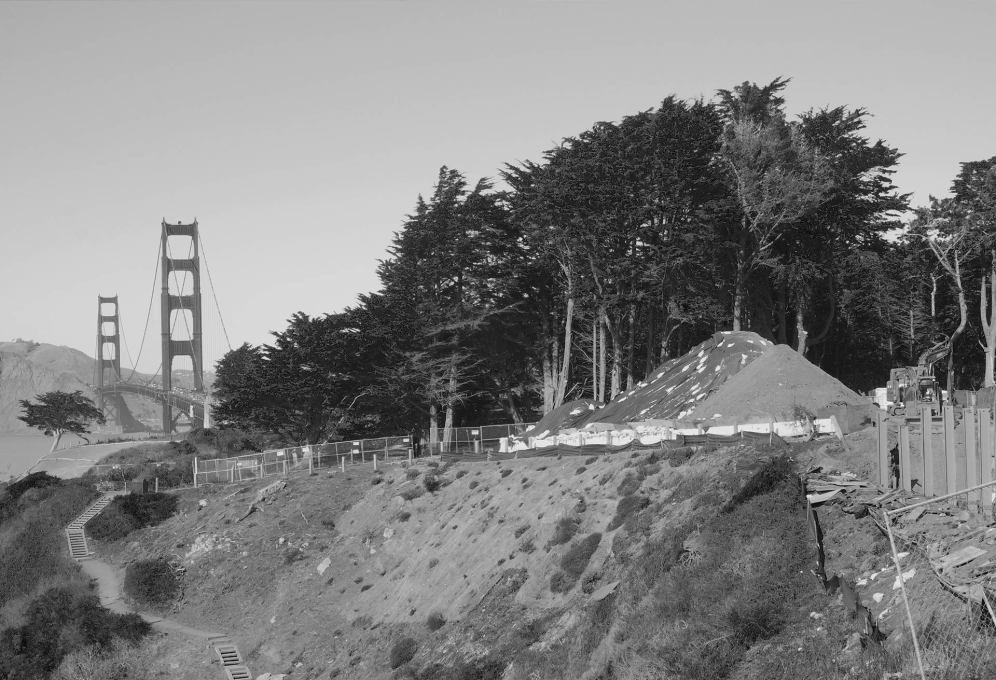Whilst new buildings are the obvious products of building booms that transform cities, other more temporary structures are also the result, collateral forms that appear and fade in the urban landscape. Most graphic are the cranes that pepper the horizon, but what about the mounds of excavated earth that appear adjacent to construction sites? A San Francisco design research collective has been conducting a study called Paydirt, that examines the shifting morphologies of these innocuous piles of spoil...
San Francisco's building boom has led to the city’s skyline being dotted with dozens of cranes. As the San Francisco Magazine observed in October 2013: “Every crane on every corner tells a story”, but the mounds of excavated earth produced as a by-product of the construction process tell the story from the other direction: they are the out-takes, what the building displaces in the ground rather than just the space it takes up in the air. And whilst some are mountainous in size, they all generally go almost unnoticed. Except that is, by Katherine Jenkins and Parker Sutton, who run a joint design-research collective in the city and have made a study of these heaps of spoil. Paydirt is part of a larger field of enquiry Terra Interregnum, what the researchers call: “an investigation of constructed forms that are interstitial in both time and space” which ranges from the “topographies of bubble economies to the ground beneath Arctic pipelines”.
Paydirt looks at and records the different morphologies of these mounds and the temporary landscapes they create, landscapes which are neither planned nor designed but act as a clear measure of the state of the local economy. The examples Jenkins and Sutton record come from every type of environment in and around the city: national park space, gentrifying districts, historic landmark areas, and the commercial and financial districts. The images Jenkins and Sutton have taken as part of their study and their infographic documentations are a wonderful testimony to the beauty of the banal, and although their work is very much research, there seems to be a little bit of art involved as well.
––
Katherine Jenkins and Parker Sutton operate a joint design-research group based in San Francisco, CA. Their field of inquiry, Terra Interregnum, examines earthforms that are interstitial in both time and space, from the bizarre topographies of bubble-economies to the ground beneath Arctic pipelines. Their work has been published in Lunch, Catalyst, and numerous design blogs, including ArchDaily, Architizer, and Bustler. Their research into the coevolution of habitation, landforms, and infrastructures of extraction in the Arctic landscape is featured in the upcoming publication “The Water Index”. Katherine Jenkins is a member of The Urban Lab at California College of the Arts and is a designer at SWA. Parker Sutton is a designer at WRNS Studio.




